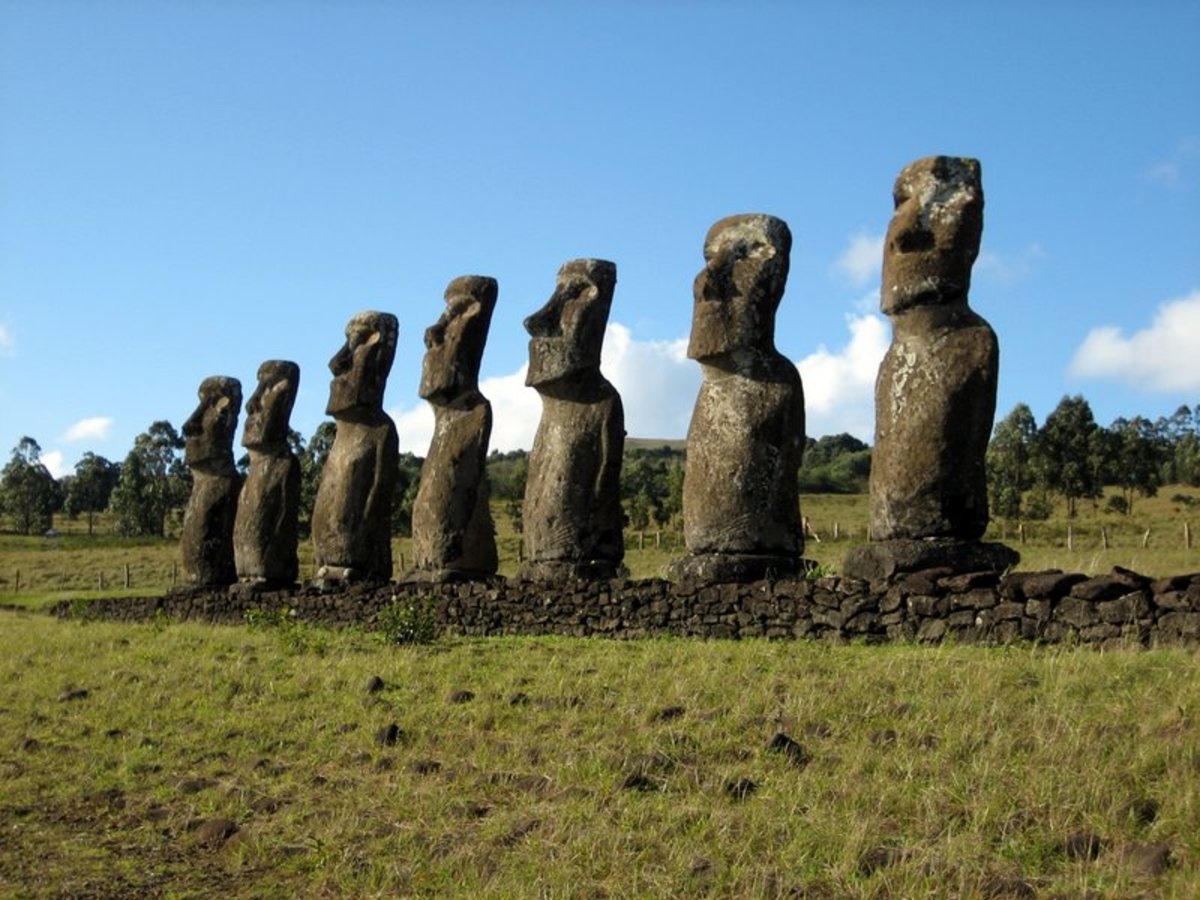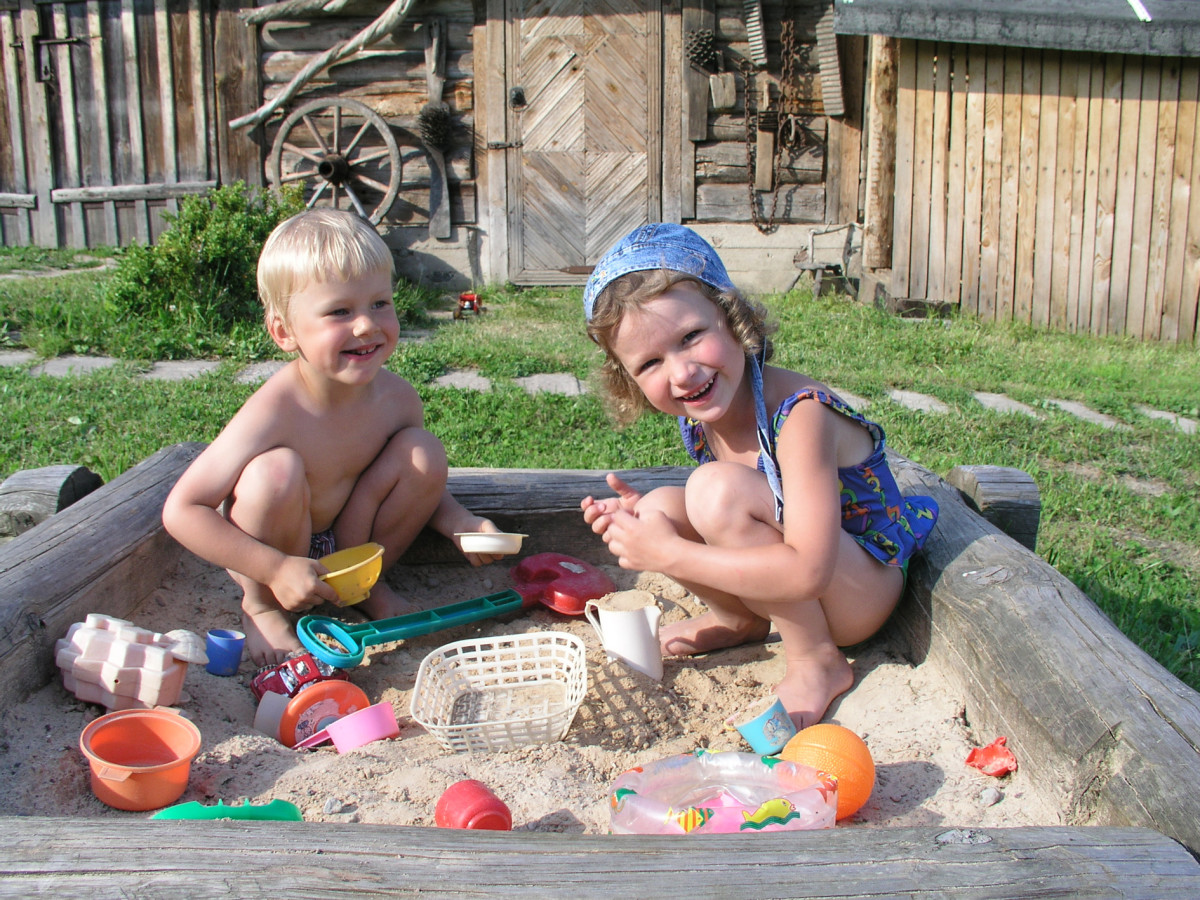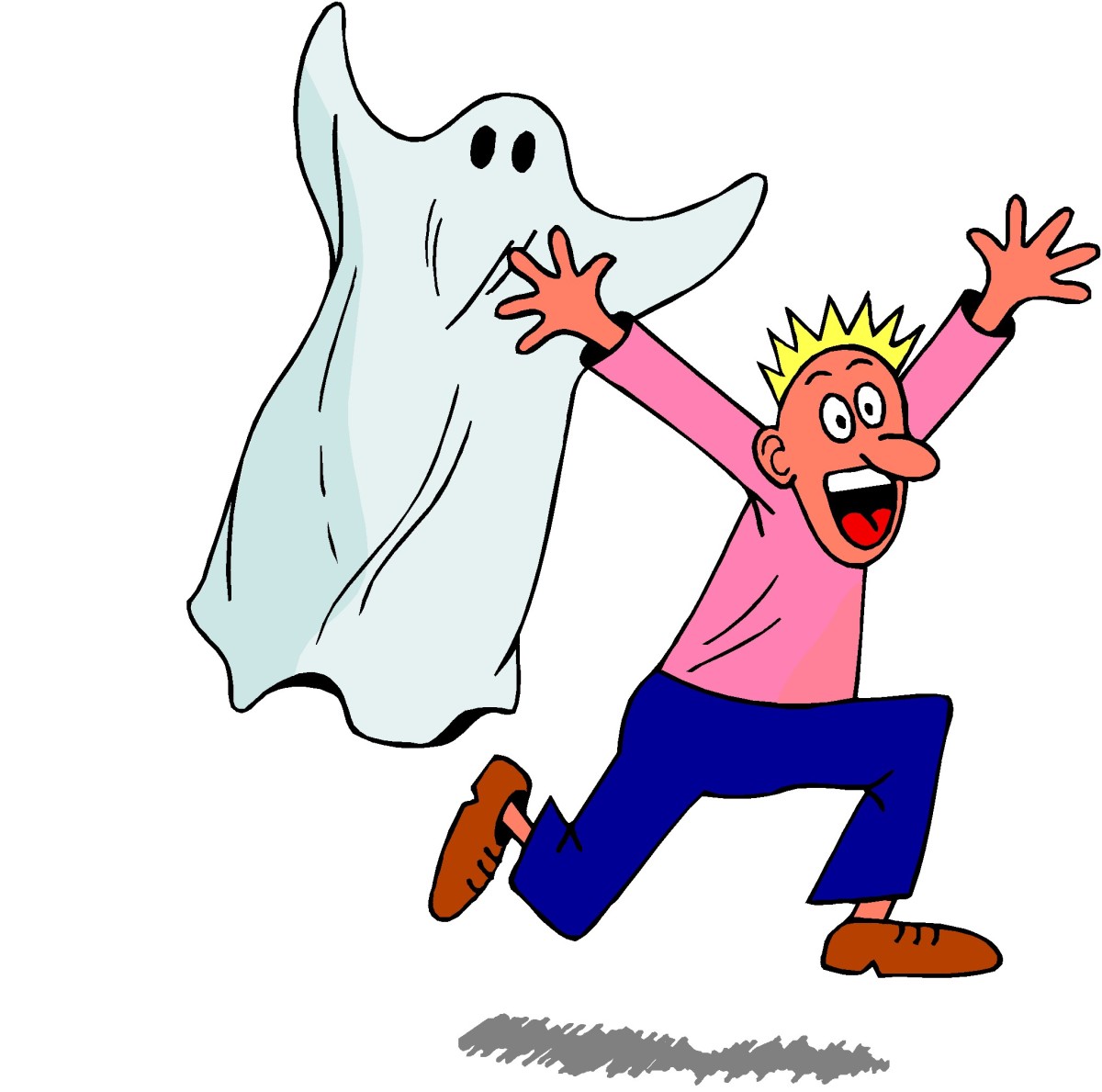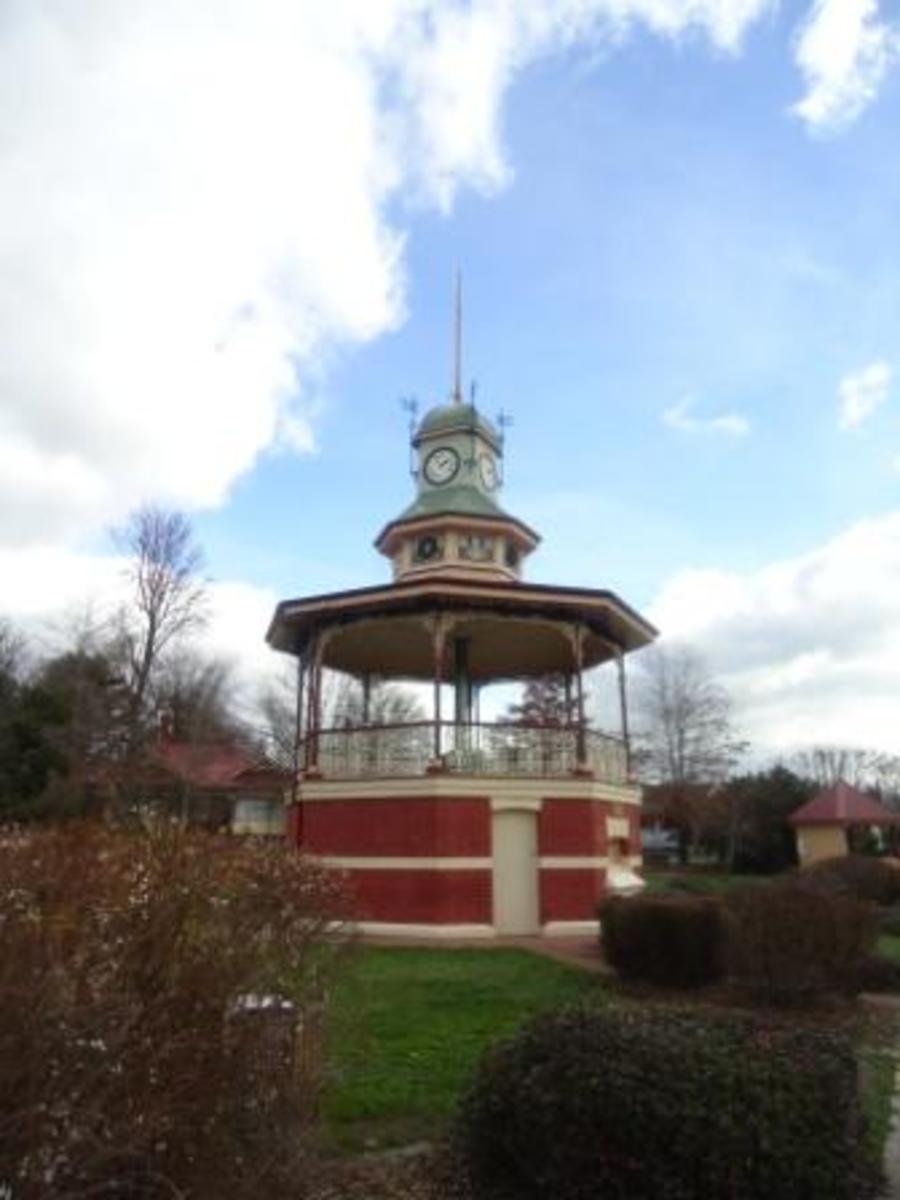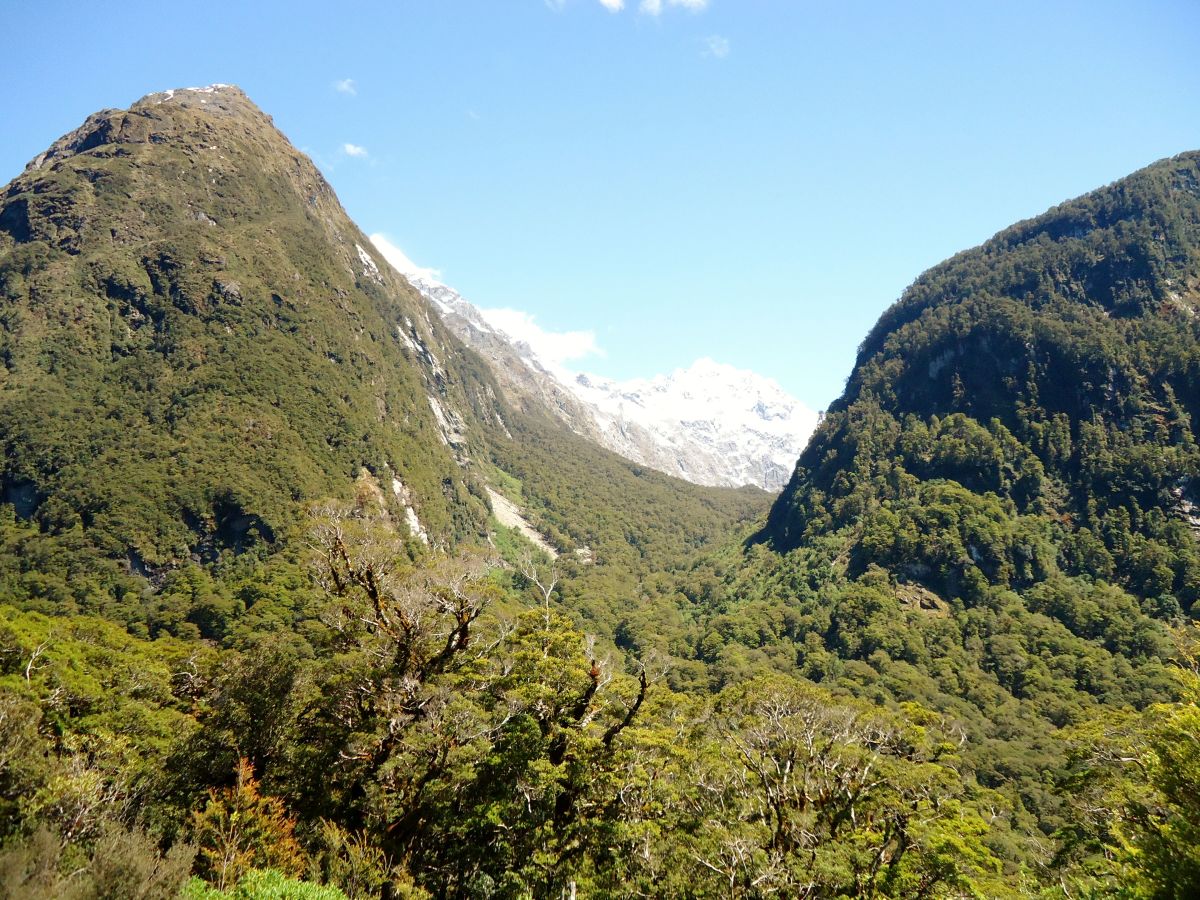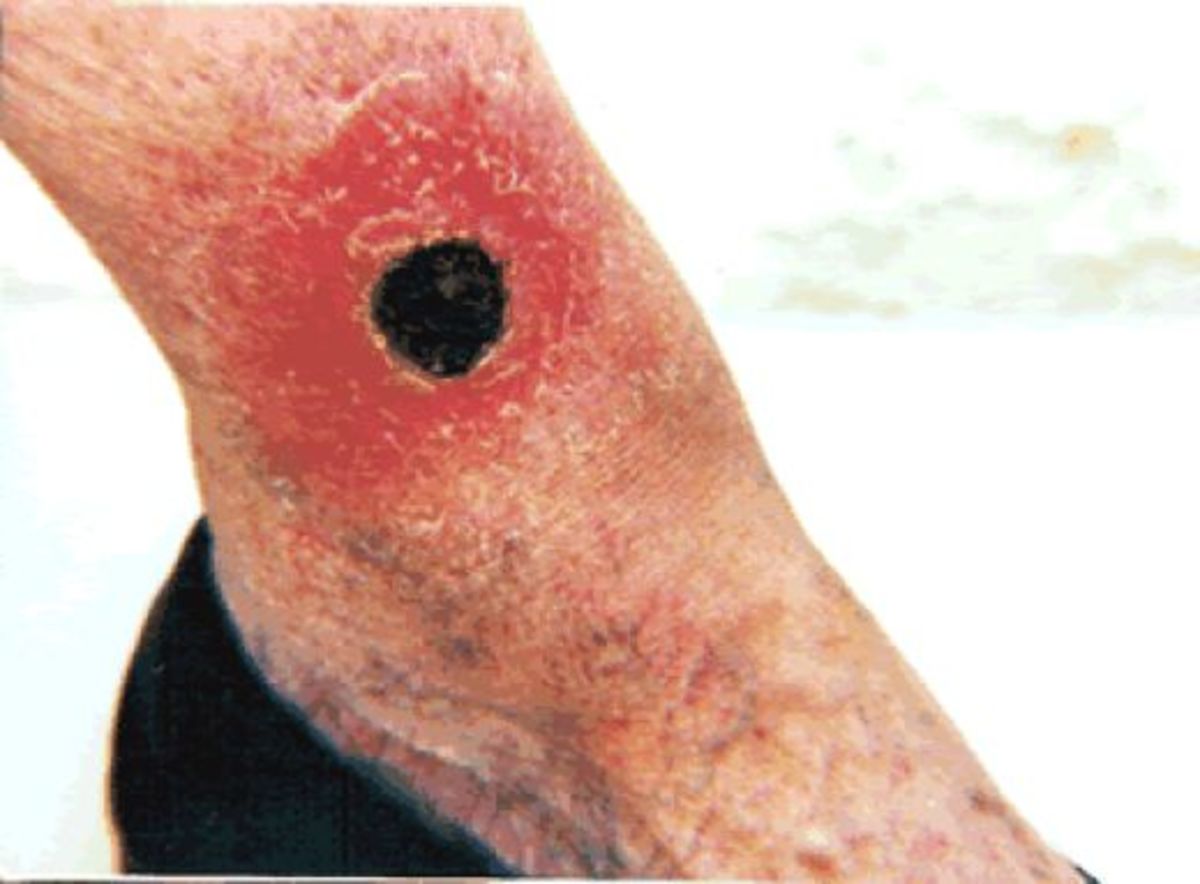Easter Island and Lessons Learned!
Some Different Views
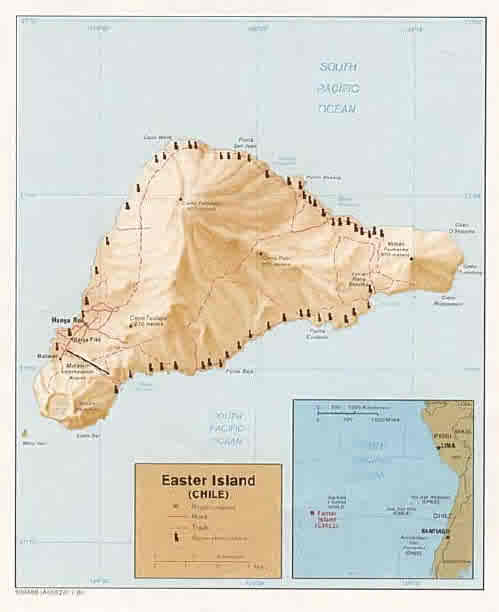
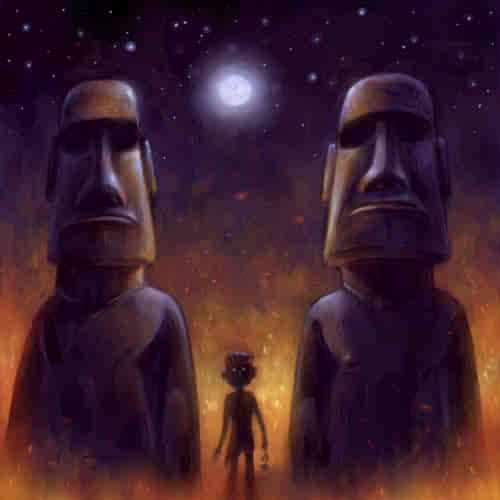
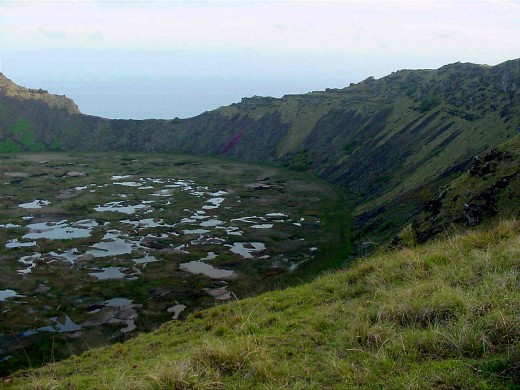
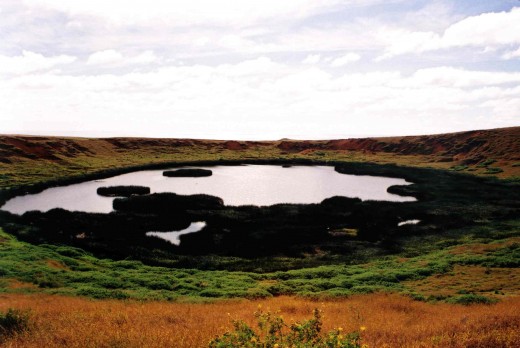
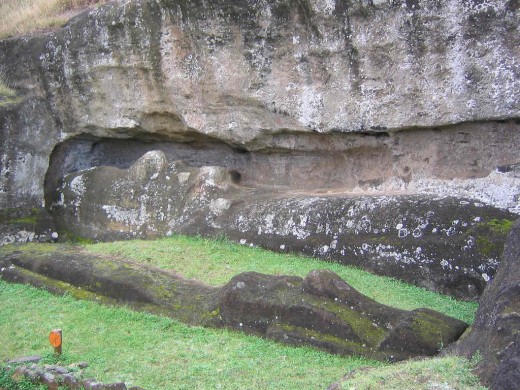
Moai Photos
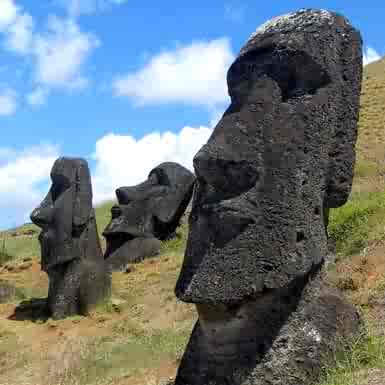
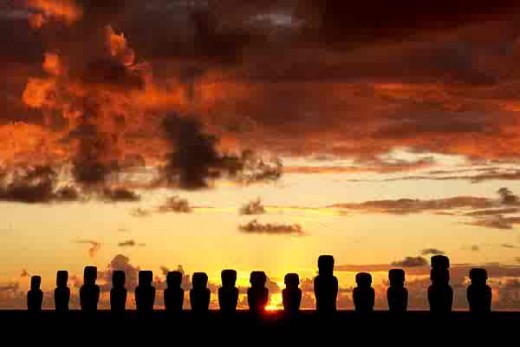
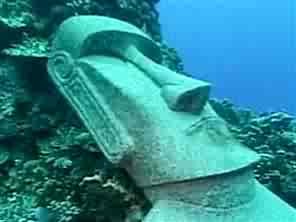
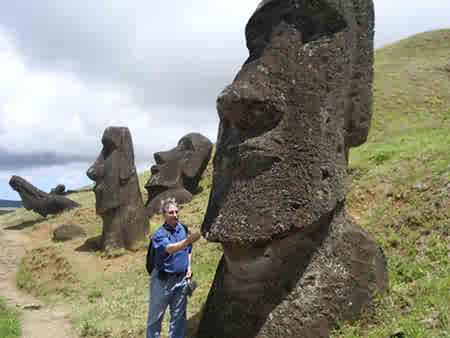

Easter Island's History (Briefly, If I May)
Strangely enough, Easter Island is a great topic to discuss right now, because of it's history, Easter, and "Arbor Day" all have something in common... As I go on, you will see what I mean...
Easter Island is located at the southeastern most point of the Polynesian Triangle. (Territory of Chile.) It is famous for it's statues, called moai, made by the Rapanui people. In 1722, Europeans came across Easter Island, naming it "Easter Island" because it was found on Easter Sunday. It was a treeless, isolated outcrop of volcanic land, with groups of these moai "guarding" the island.
Scientists found, though, that in it's earlier years, it had once been covered with trees and vegetation. But as more people inhibited the small island, more trees were cut down for canoes, huts, heat, and for making room to grow their crops. Eventually, if you don't replace the trees, they will run out, and that is exactly what happened... The cause of the collapse and the key to understanding the so-called "mysteries" of Easter Island was massive environmental degradation brought on by deforestation of the whole island.
BEFORE 1700:
Since the 1500's, the shortage of trees had drastic effects on every day life for the population of Easter Island. The people were forced to abandon their huts, and live in caves, and flimsy reed huts so they could tear the huts down and use the wood for heat. The people could no longer build canoes, nets for fishing, or anything that came from wood. The wood was gone.
Also, because of there being no more trees growing, the soil had began to dry up, and lacked nutrients needed to plant crops. Chicken was the best known source of food for these people, so chicken houses were kept guard of, as to make sure nobody stole them.
After 1600, Easter Island's society went into decline and regressed to even more primitive conditions. Without trees and canoes, the islanders were trapped in their own self-inflicted environmental collapse. Eventually, slavery became common and as the amount of protein available fell the population turned to cannibalism.
- On November 15, 1770, visitors reported the island largely uncultivated with a seashore lined with stone statues.
- On April 5, 1772, (Easter Sunday) Jacob Roggeveen visited the island for a week and estimated there were 2,000 to 3,000 inhabitants on the island.
- Two years later, in 1774, British explorer James Cook reported the statues as being neglected, some had fallen down.
- In 1825, it was reported as no standing statues. Very little new information was learned from between this time, and the 1860s.
A series of events killed or removed almost the entire population of Easter Island in the 1860s.
- In 1862, Peruvian slave raiders struck Easter Island. Violent abductions happened for several months, capturing or killing 1500 men and women. (About half of the island's population.)
- A dozen islanders escaped slavery, and returned only to bring back smallpox, and started an epidemic, which took more from the population.
- A Christian missionary, Eugene Eyraud, brought tuberculosis to the island in 1867 which took a quarter of the 1,200 remaining population.
- In 1871, the missionaries evacuated all but 171 Rapanui to the Gambier islands. Those who remained were mostly older men. Six years later, there were just 111 people living on Easter Island, and only 36 of them had offspring.
- Until the 1960s, the surviving Rapanui were confined to Hanga Roa and the rest of the island was rented as a sheep farm until 1953.
- In 1966, the Rapanui were given Chilian citizenship.
- On July 30, 2007, a constitutional reform gave Easter Island and Juan Fernandez Islands the status of "special territories" of Chile. Pending the enactment of a special charter, the island will continue to be governed as a province of the Valparaiso Region.
- Into the present day, the island's population has slowly recovered, but with over 97% of the population dead, or having left in the last decade, much of the island's cultural knowledge has been lost.
Destruction of the ecosystem:
"The overall picture for Easter is the most extreme example of forest destruction in the Pacific, and among the most extreme in the world: the whole forest gone, and all of its tree species extinct."
Easter Island isn't just mysterious and intriguing- It's beautiful. Yet we need to learn a lesson from it's history, and it's people...
Make the best out of Arbor day, and plant some trees!!!
The Easter Island Foundation:
"The Easter Island Foundation promotes conservation and protection of the fragile cultural heritage of Easter Island and other Polynesian islands. The Foundation was organized in 1989 by a group of concerned scientists and interested persons who together were inspired by Polynesia's incomparable archaeological treasures. Among its many projects, the Foundation established the William Mulloy Library on the island and continues to support its operations."
The Foundation's Activities:
- EIF funds archaeological research.
- EIF provides students with scholarships, books and equipment.
- EIF publishes a series of books about Easter Island and Polynesia.
- EIF also publishes Rapa Nui Journal, a unique source of information about Easter Island and Polynesia.
- EIF sponsors conferences about Easter Island and Polynesia.
Please take the time to think about Arbor Day, and how it could have helped the people of Easter Island. You can DO YOUR PART by just planting a simple tree.
Now you know what could happen if people didn't DO THEIR PART... It's yet another issue to remember on Easter Sunday, if you are into knowing the facts... As I am sure that Jacob Roggeveen didn't ever forget that Easter! I bet that was the "Easter" story he told his children, and grandchildren about... Rather than "Peter Cottontail"... And I bet the generations have carried it on!
(Just something to ponder this Easter!)
The Easter Island Foundation:
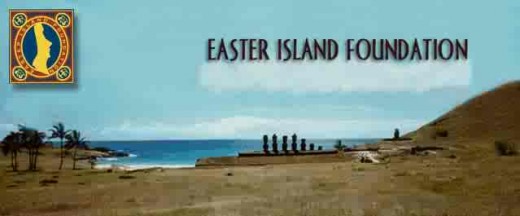
Still curious?
- Did "Other People" Build the Pyramids or Stonehenge?
Many people think somebody else built monuments such as Stonehenge or the Pyramids of Egypt. After all, constructing such buildings would have required great feats of engineering, as well as mucho... - Mysteries of Ancient History
The World is full of incredible ancient mysteries that history books just won't teach you, and it's rather sad to me how few people are aware of some of the incredible discoveries and unknown history of this... - The Strangest Places on Earth
Buried deep in the dark ice of Antarctica, lies one of several lake basins in the McMurdo Dry Valleys, which is called Lake Vida. The lake was first discovered in the 1950s, and believed to be frozen solid.... - SOME MYSTERIOUS PLACES OF THE WORLD
In this great world there are many mysterious places still remaining as puzzles to mankind. The stories and facts behind them are really interesting to learn and nobody knows the answers for the questions such...

